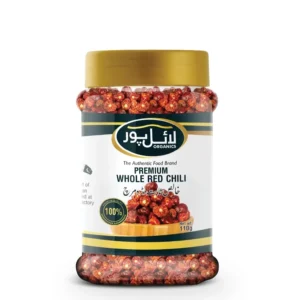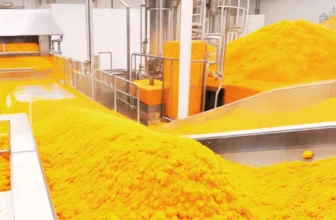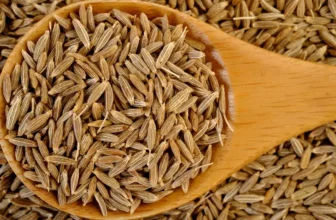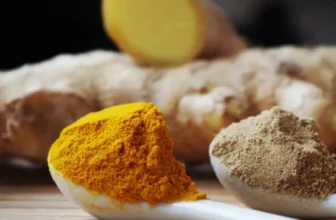Differences Between Whole Chili and Chili Powder
Whole chili and chili powder are two popular options when spicing up your meals. Both originate from the same plant yet serve distinct cooking purposes. Knowing their differences can improve your cooking. It will enhance your food’s flavours. In this article, we will look at the differences between whole chili and chili powder. We will cover their physical forms, uses in cooking, flavours, and health benefits.
Table of Contents
Exploring the Physical Forms: Whole Chili and Chili Powder
- Whole chili refers to the entire dried fruit of the chili pepper plant. You can use these in many forms. For example, we have many types of chili.
- We have whole dried chili, fresh chili, dried red pepper, chili pods, whole pepper, and hot pepper. Whole dried chili keeps its original shape and seeds. This makes it great for recipes with strong chili flavour and texture.
- Chili powder is a spice refined from dehydrated chilies in tiny particles. It comes in various types. These include ground chili, red chili powder, crushed chili, cayenne powder, paprika, and chili flakes. People often use chili powder because it is easy to use. It blends well into dishes, adding even heat and flavour.
Culinary Uses
Cooks use whole chilies for intense flavour bursts, while powder adds depth. This is because of their forms. Entire chili peppers are often used in stews, soups, and marinades. They are like fresh and dried red peppers. You can rehydrate and use them whole or chopped to add a robust, spicy flavour to dishes.
Chili powder, such as cayenne powder, paprika, and chili flakes, is versatile. You can sprinkle it on food, use it in spice rubs, or mix it into sauces and dressings. It is common in spice blends. For example, in chili seasoning, Mexican chili powder, and seasoned powder. Adding heat to various dishes, from meats to vegetables, makes it convenient.
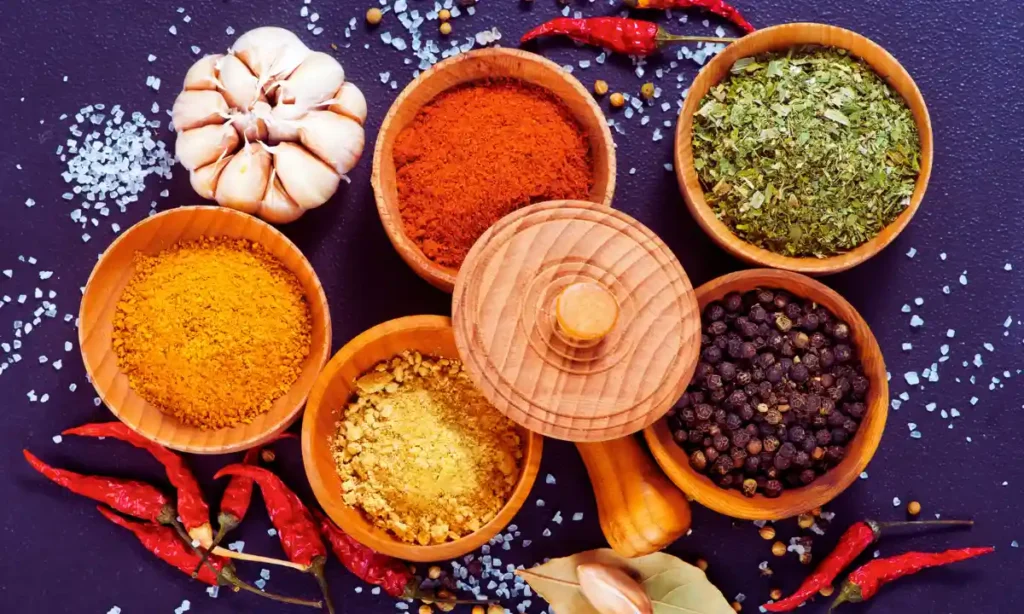
Flavor Profiles
Whole chili and chili powder have distinct flavour profiles. The flavour differs by the type of chili and the processing method. Entire chili peppers have an intense and complex flavour. They are organic, natural, and hot. Seeds and heat vary in the chili. They make it complex.
Chili powder comes in many types. These include ground chili, red chili powder, and smoked paprika. It gives a more even and sometimes milder heat. Grinding can also change the flavour. It can add a smoky or earthy note. This happens especially in types like smoked paprika and chipotle powder.
Health Benefits
- Whole chili and chili powder offer many health benefits. This is due to their rich vitamins, minerals, and antioxidants. Whole chili is an excellent source of vitamin C, vitamin A, and capsaicin. It includes fresh hot peppers and dried hot chilies.
- Capsaicin causes heat in chilies. Studies have shown it has properties that reduce inflammation and pain. Chili powder has many health benefits. These include spicy powder, chili blend, and seasoned powder.
- It can boost metabolism. It improves digestion and provides many antioxidants. Yet, making chili into powder can reduce some nutrients. The whole chili surpasses its processed counterpart in nutritional value.
Storage and Shelf Life
- Storage, whole chili and chili powder have different requirements. They need these to keep fresh and potent. Store whole dried chilies in an airtight container. This includes peppercorns, chili seeds, and pepper pods.
- Could you keep it in a cool, dark place? This keeps their flavour. It also stops them from becoming brittle or losing potency. Chili powder includes ground red pepper and chili seasoning mix.
- Please keep it in a sealed container away from light and heat. Ground chili’s flavour fades at a faster rate than whole chili. It is generally recommended to use chili powder within six months to a year for optimal flavour.

Cooking Tips
Using whole chilies and chili powder in cooking requires different techniques. Each technique yields the best results. This applies to all chilies, such as fresh and dried red peppers. Toasting nuts in a dry pan brings out their flavour. This releases their oils and enhances their flavour before adding them to a dish. Soaking dried chilies in hot water can rehydrate them. It can also make them easier to blend into sauces or salsas.
You can add chili powder, ground chili, and cayenne to recipes while cooking. To enhance the flavour, you can “bloom” the chili powder. Baste with oil or fat, followed by a steady addition of ingredients. This technique helps release the essential oils and deepen the flavour.
Popular Varieties of Whole Chili and Chili Powder
Many types of whole chili and chili powder are popular. Each type has its own flavours and heat levels. Some well-known whole chilies include:
- Whole cayenne
- Whole jalapeno
- Whole serrano
These whole peppers are often used in Mexican and South American cuisine to add heat and depth to dishes.
Popular chili powders include:
- Ancho powder
- Chipotle powder
- Paprika
These peppers combine heat and smoky flavour in spice blends and dishes.
Cultural Significance
- Whole chili and chili powder are very important in many world cuisines. They have significant cultural value. In Mexican cuisine, whole chili peppers, such as jalapeño and serrano, are staples. Many traditional dishes, such as salsas, moles, and stews, use them.
- Chili powder is typical in Mexican cooking. Types include cumin chili powder and chili seasoning mix. It seasons meats and adds flavour to sauces.In Indian cuisine, whole dried chilies are often used in tadka.
- They infuse the oil with a rich, spicy flavour. Chili powder is a crucial spice in many Indian dishes. It provides heat and color to curries and masalas. It includes red chili powder and cayenne pepper.

Choosing the Right Type
Choosing the proper chilli for cooking depends on its flavour, heat, and convenience. Like fresh red and organic chillies, the whole chilli is ideal for dishes. They enjoy bold, intense flavour and a firm texture. They suit dishes that simmer over low heat. The chili can infuse the dish with its rich, spicy taste.
Chili powder is a mix of ground red pepper and garlic. It is an excellent choice for quick and easy seasoning. Its versatility makes it suitable for various dishes, from spice rubs to soups and stews. It is great for convenience and consistent flavour. Chili powder is an excellent option.
Conclusion
In conclusion, both whole chili and chili powder are vital in cooking. Each has unique benefits and uses. It can help you cook better. You will understand the differences between whole chili and chili powder. You may prefer the bold, intense flavour of the whole chili. Or, like the convenience of chili powder. Both forms of chili can add a delightful kick to your meals. Try different types. Find the perfect balance for your taste and style.
Other Top Products
-
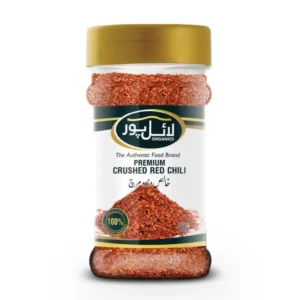 Premium Crushed Red Chili (Crushed Lal Mirch, Darra Mirch) – 100% Natural & Pure | Super Spicy Flavour & Vibrant Color | Best Price in Pakistan₨ 219.00 – ₨ 780.00Price range: ₨ 219.00 through ₨ 780.00★★★★★
Premium Crushed Red Chili (Crushed Lal Mirch, Darra Mirch) – 100% Natural & Pure | Super Spicy Flavour & Vibrant Color | Best Price in Pakistan₨ 219.00 – ₨ 780.00Price range: ₨ 219.00 through ₨ 780.00★★★★★ -
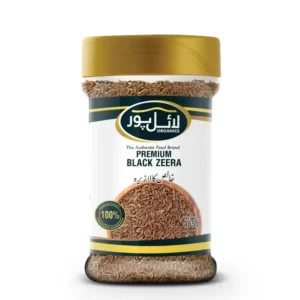 Premium Black Cumin (Kala Zeera) – 100% Natural Organic & Pure | Intense Flavour & Rich Aroma | Best Price in Pakistan₨ 373.00 – ₨ 860.00Price range: ₨ 373.00 through ₨ 860.00★★★★★
Premium Black Cumin (Kala Zeera) – 100% Natural Organic & Pure | Intense Flavour & Rich Aroma | Best Price in Pakistan₨ 373.00 – ₨ 860.00Price range: ₨ 373.00 through ₨ 860.00★★★★★ -
 Premium Kishmish (Raisin) Sundarkhani – 100% Natural Organic & Pure | Rich in Nutrients & Sweet Flavour | Best Price in Pakistan₨ 281.00 – ₨ 410.00Price range: ₨ 281.00 through ₨ 410.00
Premium Kishmish (Raisin) Sundarkhani – 100% Natural Organic & Pure | Rich in Nutrients & Sweet Flavour | Best Price in Pakistan₨ 281.00 – ₨ 410.00Price range: ₨ 281.00 through ₨ 410.00 -
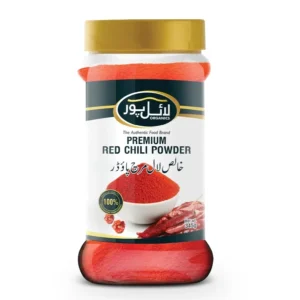 Premium Red Chili Powder (Lal Mirch Powder) – 100% Natural & Pure | Hot Spicy Flavour & Vibrant Color | Best Price in Pakistan₨ 200.00 – ₨ 1,015.00Price range: ₨ 200.00 through ₨ 1,015.00
Premium Red Chili Powder (Lal Mirch Powder) – 100% Natural & Pure | Hot Spicy Flavour & Vibrant Color | Best Price in Pakistan₨ 200.00 – ₨ 1,015.00Price range: ₨ 200.00 through ₨ 1,015.00 -
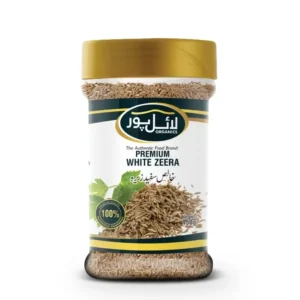 Premium White Cumin (Safaid Zeera) – 100% Natural Organic & Pure | Delicate Flavour & Rich Aroma | Best Price in Pakistan₨ 280.00 – ₨ 624.00Price range: ₨ 280.00 through ₨ 624.00
Premium White Cumin (Safaid Zeera) – 100% Natural Organic & Pure | Delicate Flavour & Rich Aroma | Best Price in Pakistan₨ 280.00 – ₨ 624.00Price range: ₨ 280.00 through ₨ 624.00 -
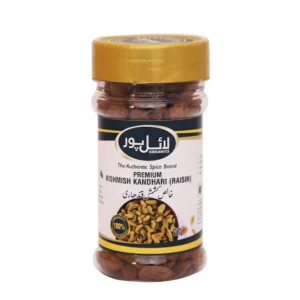 Premium Kishmish (Raisin) Kandhari – 100% Natural & Pure | Rich in Nutrients & Sweet Flavour | Best Price in Pakistan₨ 200.00 – ₨ 260.00Price range: ₨ 200.00 through ₨ 260.00
Premium Kishmish (Raisin) Kandhari – 100% Natural & Pure | Rich in Nutrients & Sweet Flavour | Best Price in Pakistan₨ 200.00 – ₨ 260.00Price range: ₨ 200.00 through ₨ 260.00


